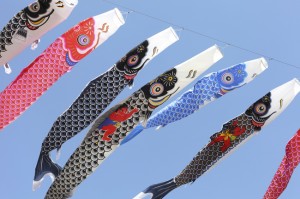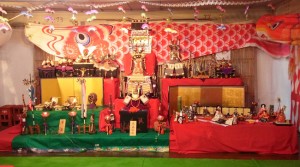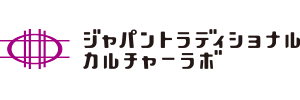
5月5日は男の子の成長を祝う「端午の節句」です。この日は「こどもの日」として国民の祝日にもなっています。男の子のいる家庭では武者や英雄を模した五月人形を飾ったり、屋外にこいのぼりをたてたり、菖蒲やかしわもちを供えたりすることで、その子の立身出世を祈ります。
端午の節句は、古くは災厄を避けるために、菖蒲等の薬草や鳥獣を捕る薬猟の日でした。
室町時代から、紙製のかぶとに菖蒲の花を飾るようになり、江戸時代になって、武者人形やこいのぼりが登場。広く定着したのは明治時代にはいってからです。
Tango no Sekku
May 5 is a day for boys. Long the Tango no Sekku, it has been officially renamed Children’s Day and made a national holiday. Families with sons buy armored samurai dolls and miniature helmets, hang out koi-nobori, buy irises and kashiwa-mochi, and pray for their sons’ success in life.
Tango no Sekku used to be a day for hunting game and gathering medicinal herbs, such as iris leaves. Shobu in Japanese, the iris has a homonym meaning “military spirit”, from whence came the Muromachi custom of decorating paper helmets with iris leaves.
Samurai dolls and koi-nobori first appeared in the Edo period, but it was not until the Meiji period that these customs became popular nationwide.

